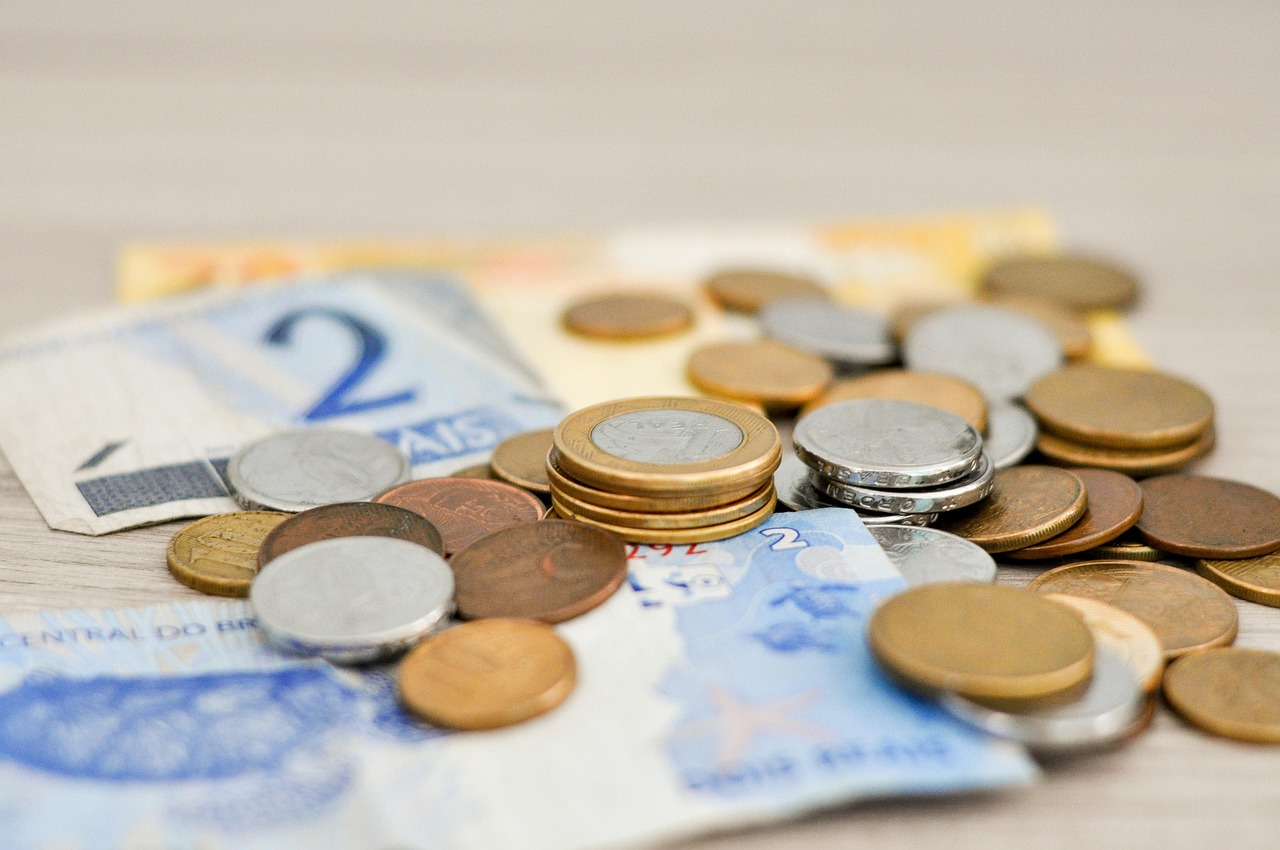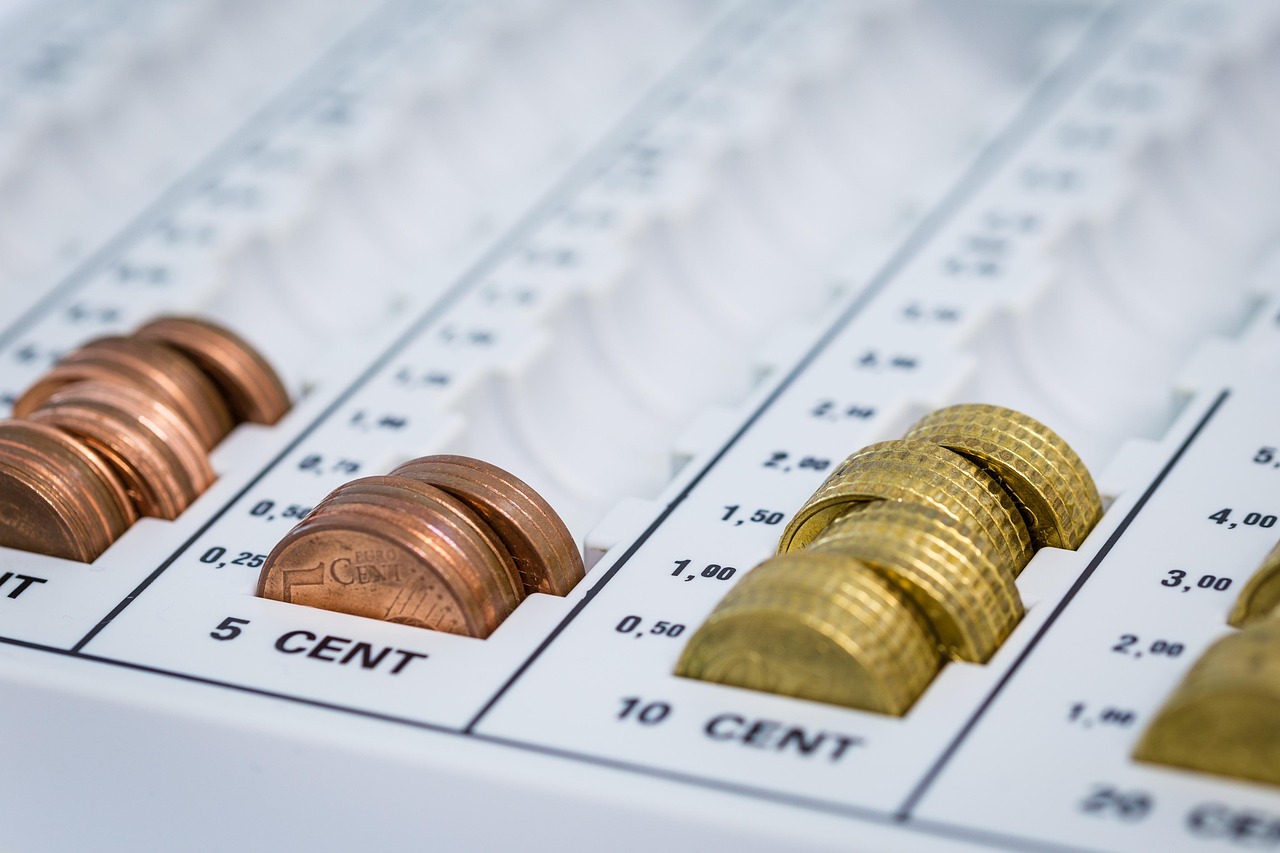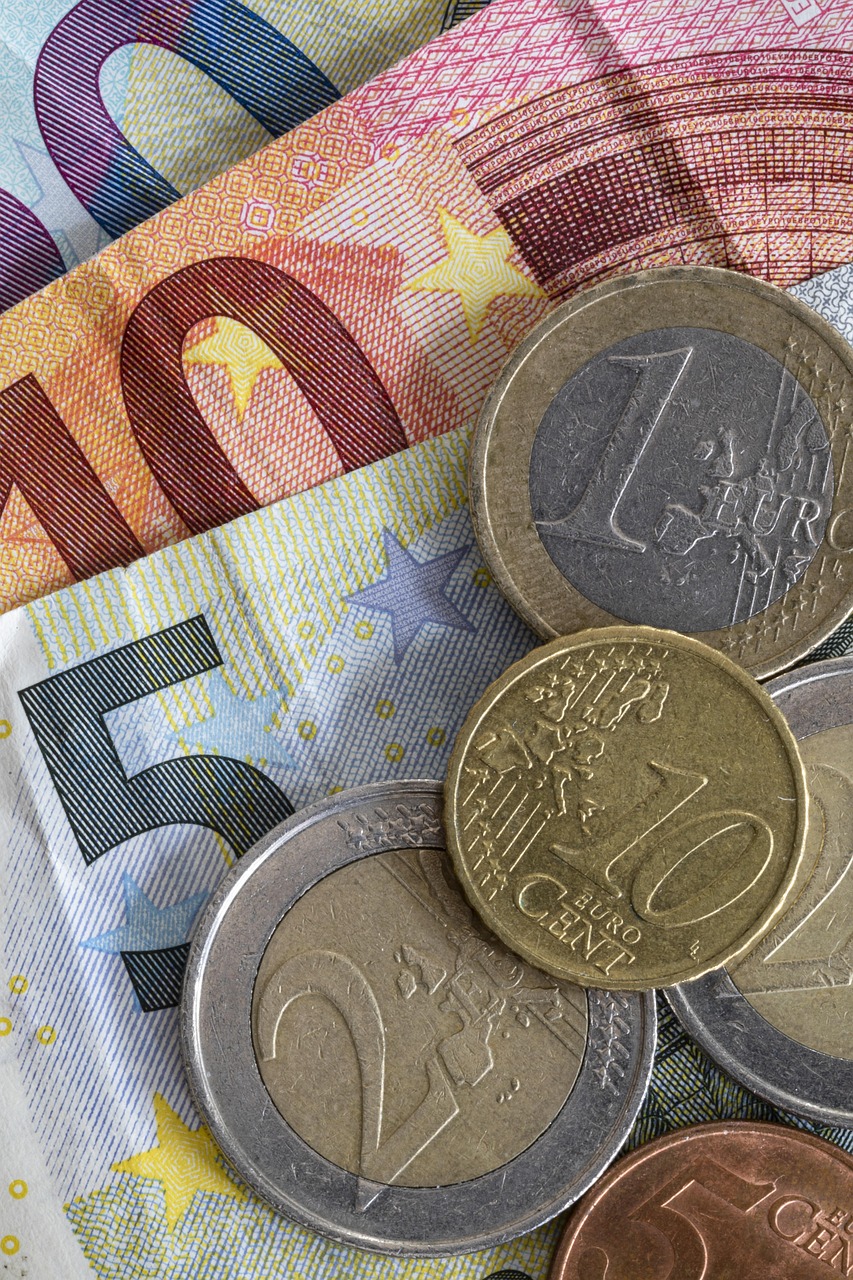The Simplicity vs. Feature Depth Balance
Budget apps marketed as "easy" often achieve simplicity by streamlining the user interface and focusing on core functionalities.
This typically involves strong automation for transaction importing and initial categorization, clear visual summaries of spending and budget status, and straightforward goal tracking.
The trade-off for this ease of use might be fewer advanced features compared to more complex budgeting software. For instance, highly customizable reporting, intricate debt payoff strategies, or detailed investment tracking might be limited in the simplest apps.
Compare apps based on whether their level of simplicity aligns with your needs. Sometimes fewer, well-executed features are more effective than an overwhelming array of options you won't use.
Consider trying free versions or trials to see if the app's balance between ease of use and available features feels right for you before committing.




)


